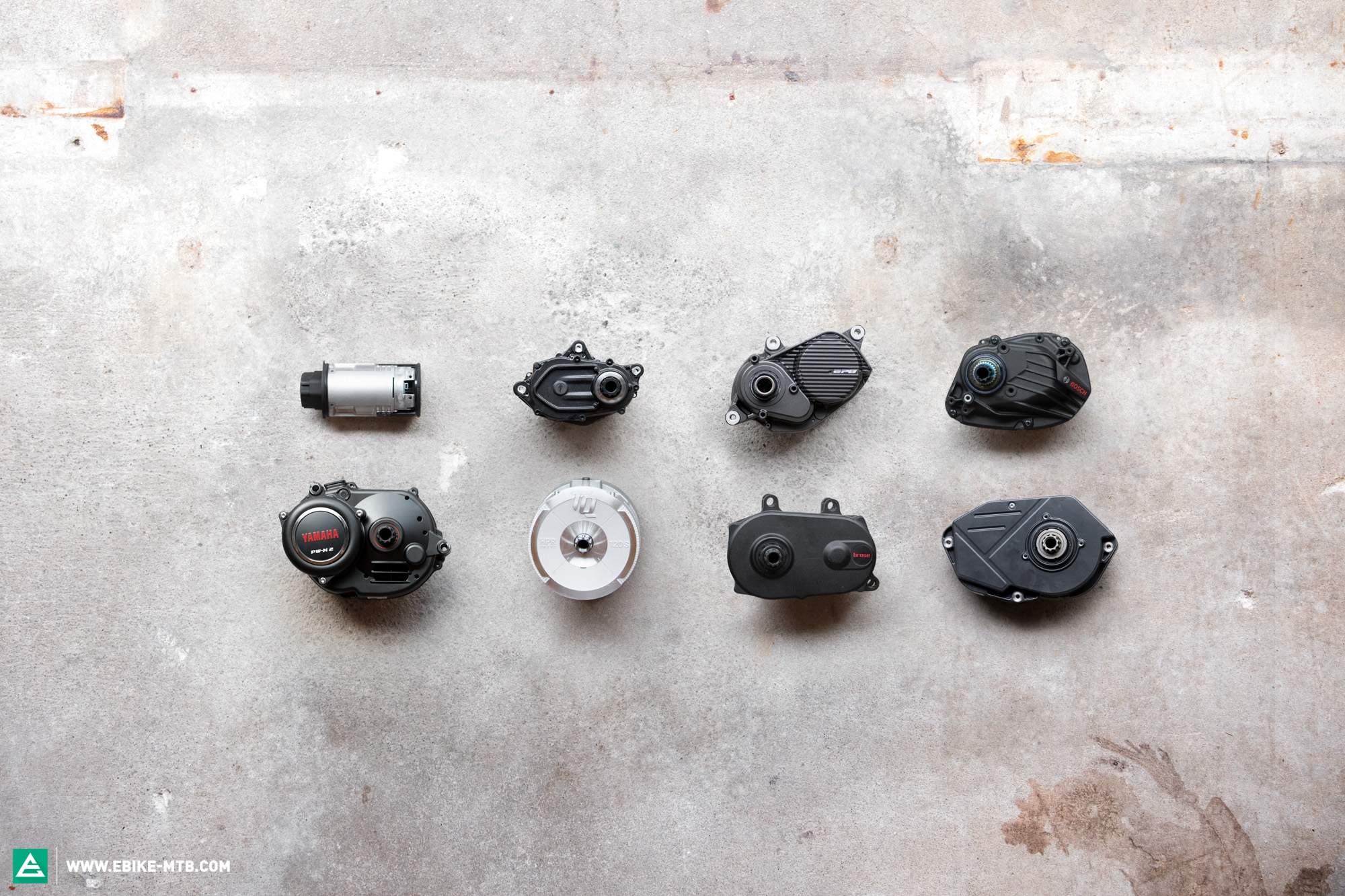tomjasz
Well-Known Member
- Region
- USA
- City
- Minnesnowta


I find the TQ powerful but crude, kind of like the BBS02.
Where did you ride the TQ motor?
Care to share?
jeez, leave it alone. Accessing parts and supporting diy repairs is tough enough. I’ve yet to trash an OEM crank. Controllers are not on the top of the list of problem parts. Aftermarket controller options are a step backwards. But then I’m one who thinks 35mph eBikes with acoustic quality brakes is foolish. Bafang has confounded customers twice this year. Unannounced firmware change making 52v batteries throw erro 7, and unannounced rotor change with no provisions for backwards compatibility. We sorted both but not without some frustrating moments and customers.I wish Bafang would update the BBSHD and add a torque sensor with ISIS cranks. The BBSHD market is well established, the parts are easy to come by and the motor design is battle tested. Their controller sucks but there are aftermarket alternatives to fix that problem...
I road an M1 at the dealer, why do you ask?
Is anyone noticing that almost all the motor manufacturers have products with peak power numbers that exceed the EU and even the US power regulations for compliant ebike motors/products?
It's crystal clear that in reality the regulatory power limits were set too low for ebikes to become mainstream acceptable, especially to enable viable urban mobility solutions, so the OEM began stating nominal (compliant) and peak (non-compliant) specifications.
The best test would be on a 10% unpaved/potholes filled road with a 60lb ebike, a 250-275lb rider ( un untrained regular person, not a seasoned cyclist) and also an additional 50-75lb panniers in front or rear.
Which one of those motors would climb it with a light to moderate effort ? That would justify the 3 or 4 or 5grand price for the purchase ? Or 7-10grand for some of the ebikes.
Will it ride sluggish , barely making it or provide a secure powerful feel , a 10-12mph, maybe 15 mph speed ?
And if that hill is 1mile long , how many of those motors will overheat requiring a possible replacement ?
The new TQ motors that were developed for Haibike had some technical glitches and the bikes are not available for sale even in EU.
The motors used on the M1 are older gen TQ motors but they work well. I believe the light output and shift sensing were added in 2016.
I agree, Yamaha PW-X is a great motor. Smooth and instant assist.
Here's another motor review, interesting that they rate the Brose over the TQ. I ride my friends Brose equipped Specialized Levo a lot and have to admit to really liking it, they really have got the Brose tuning dialled in. I find the TQ powerful but crude, kind of like the BBS02.

The best eMTB motor of 2021 – The 8 hottest motors in test
Which ebike motor is best? We tested seven of the most important motors in our group test and tell you what it’s all about on the trail.ebike-mtb.com
So you have a 10% grade with about 385 pounds of weight (heavy!). Doing some math: v = 500w/ (10% * 9.8m/s^2 * 175kg) = 2.9m/s = 10.5km/hr = 6.5mph. (I am not taking account the slight power loss of the chain/gears nor the air or rolling resistance, but these would be much, much less than the uphill energy at this speed, so you might slow down to 10km/hr or 6mph.) That should work with the gearing of most e-bikes; it would fit 1st gear at a cadence 70RPM with my Gazelle Arroyo which is still within an efficient sweet spot for the motor, meaning most of its power goes to output and a minority to heat, so I wouldn't expect overheating. So, it wouldn't make it up the hill with that much weight very fast, but it would make it up, while you would be walking (and pushing) a conventional bike.
With a more reasonable weight you could get a better speed or climb a steeper (15%) grade.
If reliability counts Bafang is not at near the top of my list. Yesterday I spoke with the service manager at a LBS that specializes in Ebikes and I asked him what he felt were the most and least reliable in his experience. He said they just returned a bunch of bikes with Bafang motors and put them as the least reliable of the bikes they sell. He also said the Specialized bikes with Brose motors were his personal favorites.1- Bafang Ultra
2-Tq
3-Sachs
All others are disqualified for not providing enough torque
But really at 3.9kg TQ is the clear winner. TQ race version has 920watts.View attachment 38125
And then Sachs Rs is very close 2nd, is between those 2. But if ebike manufacturers don’t install them then it’s a market manipulation on behalf of Bosch/Brose/Yamaha.
I remember that Court himslef or was it Micah from electrek.com did a review on motors(rear/middrive) and they’ve also had Bafang as unreliable with lower wattage then claimed and made with cheap Chinese parts.If reliability counts Bafang is not at near the top of my list. Yesterday I spoke with the service manager at a LBS that specializes in Ebikes and I asked him what he felt were the most and least reliable in his experience. He said they just returned a bunch of bikes with Bafang motors and put them as the least reliable of the bikes they sell. He also said the Specialized bikes with Brose motors were his personal favorites.